Restoration
Sports Injuries
Prevention
Τίποτα δεν είναι πιο μάταιο απ’ το να ασχολείστε με μια δραστηριότητα που σας αρέσει μόνο για να βλάψετε τον εαυτό σας και να μπείτε σε μια μακρά περίοδο αποκατάστασης. Παρόλο που μερικοί τραυματισμοί είναι αναπόφευκτοι, οι σωστές συνθήκες και η προσοχή στις λεπτομέρειες της προθέρμανσης, της αποθεραπείας και των διατάσεων βοηθούν στην αποφυγή τους.
- Warm up first: This is the first axiom to prevent injuries, and includes 3 to 5 minutes of low intensity activity, followed by a few minutes of stretching
- Maintain Flexibility: Stretching during warm-up and recovery helps prevent muscle pulls and strokes and generally the pain and discomfort that can occur after exercise
- Gradual exercise: start the exercise slowly and gradually increase in intensity and duration. Weak athletes are famous for trying to do too much in a very short time. Do not fall into this trap
- Be prepared: use the right equipment for every sport, for example a good pair of running shoes or roller skates. Make sure that they are in good condition and are suitable for your level. (eg beginner vs. advanced ski)
- Hydration: Water is the best drink for sports, and you should drink plenty of before, during and after exercise (especially in hot weather) and continue to drink throughout the day
- Avoid extremes: Try not to exercise outside in very hot or cold weather. But if you do, make sure your dress is appropriate and take care of the heat exhaustion or frostbite.
- End-to-end treatment: Post-workout stretches should not be missed. Gradually reduce the intensity of your activity so that your heart rate returns to normal.
Injury recognition – Muscle pain
Exercise should not be painful. Injuries can sometimes occur. The most common ones are what athletes call overuse injuries, and they are usually the result of trying to do a lot in the short term.
General muscle aches and discomfort are normal when you start a new activity or when you increase the intensity or duration of exercise. However, proper stretching during the recovery phase can help prevent the following day's muscle aches. On the other hand, pain in the joints and ligaments is usually a cause for concern.
Treatment instructions
Fortunately, many of the most common injuries can be treated at home after you have certainly assessed the severity of the injury and determined that no medical advice was required. For wrenches and sprains, the most commonly recommended directions can be easily memorized from the acronym R-I-C-E (rest - ice -compression – elevation).
- Rest: the injured area immediately to reduce blood flow to this part of the body
- Apply ice immediately - this causes shrinkage of the veins and reduces swelling
- Squeeze the injured area with a rubber bandage or cloth to help reduce edema
- Raise the injured area to a level higher than the heart
When should I see a doctor
Let common sense guide you in deciding whether to seek medical attention, using the degree of pain and injury conditions as a guide. Generally see a doctor if:
- The pain is intense and persistent
- Injury to any joint, possibly affecting underlying connective tissues
- The wound is not healed in a reasonable time
- You develop infection or fever

